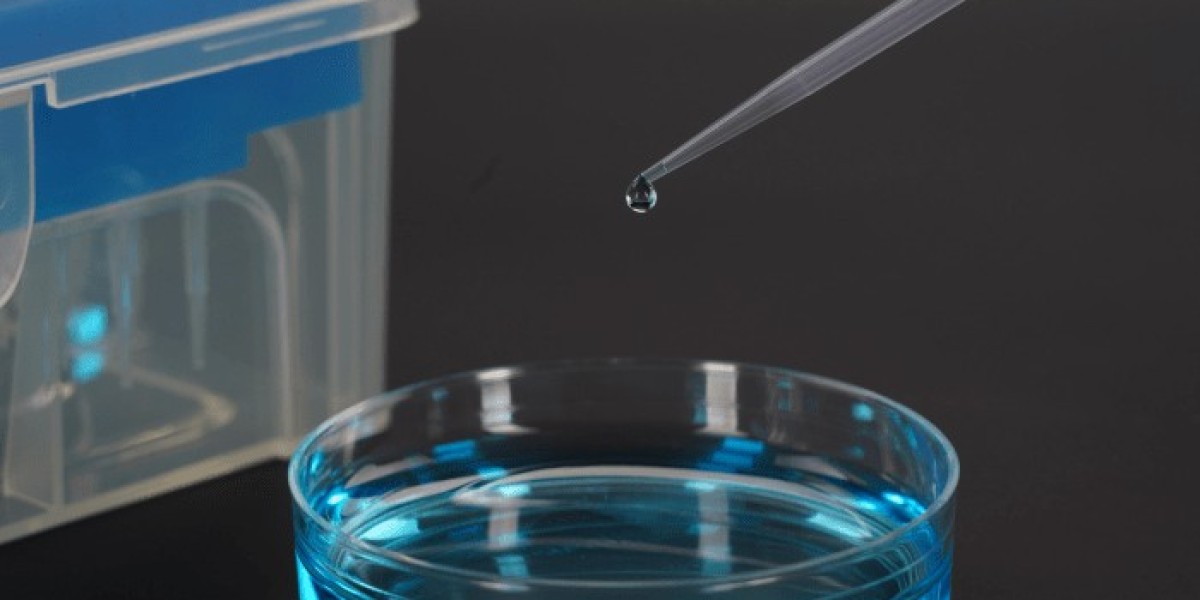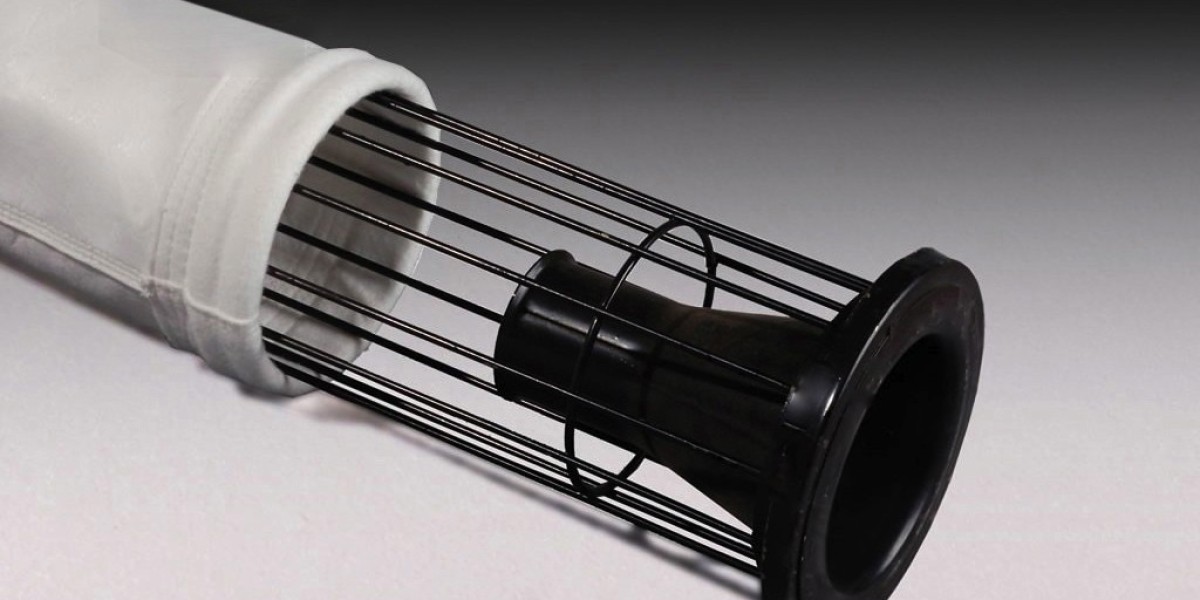Filtered and unfiltered pipette tips differ in their ability to prevent aerosols from entering the pipette during liquid transfers in lab environments. As tiny liquid or solid particles suspended in the air, aerosols have the potential to carry pathogens or pollutants.
Unfiltered pipette tips have no filter, so aerosols can get inside the pipette through them. This could contaminate the pipette and affect the accuracy of your experiments. It is not recommended to use unfiltered tips with hazardous or aerosol-forming liquids, even though they are usually less expensive than filtered tips.
Filtered pipette tips have a small polyethylene or polypropylene filter on top of them. This filter prevents aerosols from entering the pipette, protecting it from contamination. It is recommended to use filtered tips with hazardous or aerosol-forming liquids, even though they cost more than unfiltered tips.
Filtered pipette tips are generally a good idea whenever possible, especially when working with hazardous or aerosol-forming liquids. Your experiments, your health, and your pipette will all be protected by doing this.








